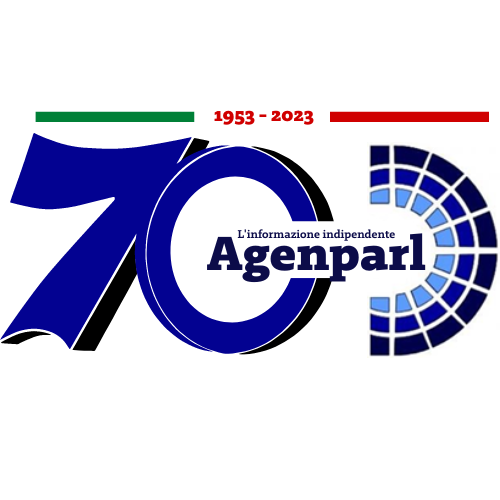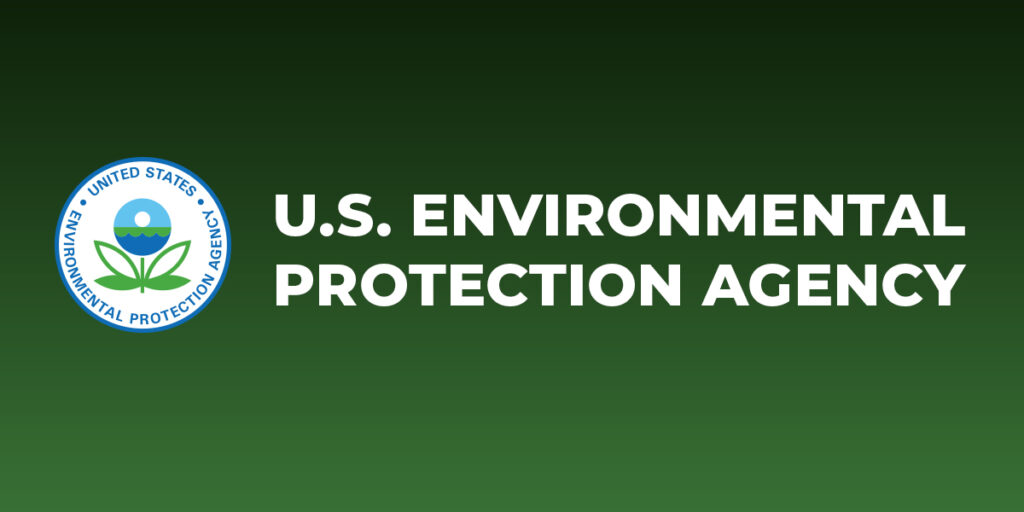 (AGENPARL) - Roma, 12 Marzo 2024
(AGENPARL) - Roma, 12 Marzo 2024(AGENPARL) – mar 12 marzo 2024 Issued: Mar 12, 2024 (2:30pm EDT)
If you wish to unsubscribe please do so
here: http://url6130.epa.mediaroom.com/ls/click?upn=u001.iqz6hAvLdUl-2FaSixKUG3iyFJBsxNAroAZOQ1BID8fKIiLAUfJX2sQlhu1tzKAOIu-2BU84uzAzSpWvmWyHnsNJDRYXWx5dlMz75Zp9ch-2BQlG6mQHPYjReZhS13hvd5qOopUzac_-2B0Ok6Af7hyz7Kqg6CR74pYblAA1WjrUjKSJUAiv3NOub0DC4O7JPWGxIlQ7kBB-2FSPCyJ0nOeKwfopZP0wHA-2B4vtYCNdWelmcGDBOvJm7m1grhffqHTDX-2Fud2whC2Em5gGMUIaaUnPsuIRFpMGFLWmdSX96Fznnvzot6CUMwNHnDNXWyedtzkxwN1f9XzE6P594HT13nSakfeGKBkokmLgcVio3sNxJBVlNqgVJTKtNlzyqTEMx-2B0sw2n9nkemZZ1tFW8M1CJgJbJ6IkixmWTOA-3D-3D
Biden-Harris Administration announces latest action to better protect
communities from treatment of waste explosives
EPA proposal would strengthen rules for open burning and open detonation to
treat waste explosives, reducing environmental and public health impacts
WASHINGTON – Today, Mar. 12, the U.S. Environmental Protection Agency is
announcing a rule to amend standards for facilities that use open burning and
open detonation (OB/OD) to treat waste explosives such as munitions,
fireworks, flares or airbag propellants. If finalized, the rule would
strengthen existing regulatory requirements to use safe and available
alternative technologies to treat waste explosives and provide new technical
standards for open burning and open detonation designed to better protect
communities and military families from pollution. EPA also proposed a
framework for permitting mobile treatment units aimed to expand potential
treatment options for waste explosives and reduce the use of open burning and
open detonation.
“Open burning and open detonation of waste explosives like fireworks or
munitions can have serious environmental and public health impacts, oftentimes
in communities already overburdened by pollution,” said EPA Administrator
Michael S. Regan. “In close coordination with federal, state and local
partners, EPA’s proposal will work to better protect local communities from
environmental and health harm while ensuring facilities are supported in the
transition to new alternative technologies that safely manage explosive
wastes.”
Explosive wastes include a range of items, including munitions, propellants,
fireworks, and flares and are often treated by OB/OD because historically,
other safe modes of treatment have not been available. However, as described
in 2019 reports by EPA and the National Academies of Sciences, Engineering,
and Medicine, alternative technologies are now available to safely treat
certain waste explosives.
Unlike treatment of other hazardous waste, OB/OD occurs in the open, and
emissions are released directly into the environment. The proposed rule
responds to community concerns, including the potential for exposure to
pollutants released into the air, deposited into soil and surface water, and
leached into groundwater after an OB/OD event. Communities raised additional
concerns about noise and vibration from facilities using OB/OD to treat waste
explosives.
If finalized, the proposal is expected to reduce existing disproportionate and
adverse impacts on communities with environmental justice concerns.
Specifically, more frequent evaluations of alternatives to OB/OD and new
technical permitting standards for OB/OD may accelerate the implementation of
cleaner, safer alternative technologies.
In 1980, due to the potential risks to human health and the environment, EPA
prohibited open burning of hazardous waste under the Resource Conservation and
Recovery Act (RCRA) with one exception for waste explosives “which cannot
safely be disposed of through other modes of treatment.” Since that time,
facilities have been required to determine whether alternatives are safe and
available. EPA committed to monitoring the progress of ongoing development of
safe alternatives, as this explosives exception from the ban on open burning
of hazardous waste was not intended to be indefinite.
In developing this proposal, EPA engaged with Tribes, state regulators,
communities, and operators of OB/OD facilities, including the Department of
Defense, Department of Energy, and National Aeronautics and Space
Administration. In June 2022, EPA also issued a policy memorandum to
communicate existing requirements for OB/OD facilities and to provide guidance
to EPA Regions, states, and territories for permitting OB/OD units under RCRA
to protect human health and the environment.
After publication in the Federal Register, EPA will take public comment for 60
days on the proposed rule.
Review a prepublication copy of the proposed rule on our Revisions to
Standards for the Open Burning / Open Detonation of Waste Explosives webpage.
Learn about energetic hazardous waste.
To unsubscribe or change your settings click here:
http://url6130.epa.mediaroom.com/ls/click?upn=u001.iqz6hAvLdUl-2FaSixKUG3iyFJBsxNAroAZOQ1BID8fKKhIILjisBDEktm3-2BIos9X6bZaEQx-2BEi0GyZYbjdhpTSnv4PSxpXPDCExX868-2BUvBmqhLbIapCWVXqwM-2BuFIM2-2FIQSoezjzKebA7hlPXDr6dA-3D-3DvM04_-2B0Ok6Af7hyz7Kqg6CR74pYblAA1WjrUjKSJUAiv3NOub0DC4O7JPWGxIlQ7kBB-2FSPCyJ0nOeKwfopZP0wHA-2B4vtYCNdWelmcGDBOvJm7m1ghZlRaOIl3C8KY2T1LsUPn-2FCCb05ie55OgTFRFRsElCmFxp-2FkJXeiM3tAcoBIaFtk5jmBpRuHH7PbHUdxzl6wrFohZDXLAmVsDZW7IUVrnI8zKaHNGmWWHyDEP1ys3VQZ7e8n609o2b10-2BNJ38WuUiPFo85gVDUPVsKAuhXkbAJQ-3D-3D

